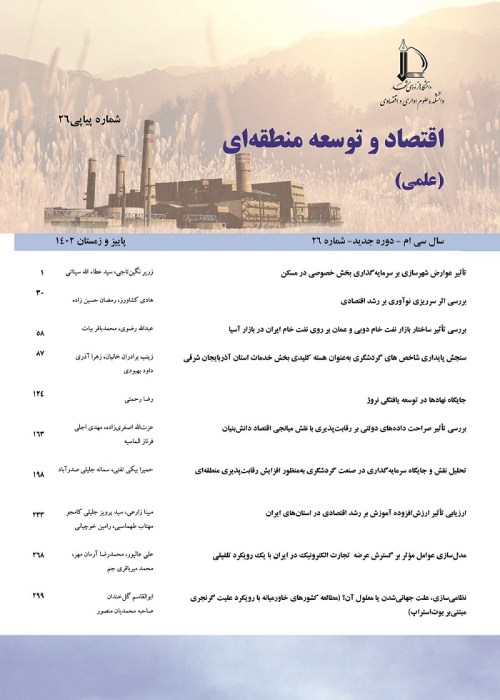Identification of critical success factors of ICT companies using the Fuzzy AHP method
Information and communication technologies and their role in the economic growth of the country are one of the important concepts in sustainable development. In fact, information and communication technology are the motivation of globalization in the fields of culture, politics, economy, and society. This has a considerable effect on the advent of network society and inter-country awareness and it is the driving factor of global markets. According to the growth and development of academic research in the field of high technologies, SMEs play an important role in encouragement of entrepreneurship and economic prosperity in countries. Therefore, it is necessary to answer the question of what factors will lead to the growth and success of these companies in the field of information and communication technology.
THEORETICAL FRAMEWORK:
Information and Communication Technology (ICT) is the consequence of the interaction of three distinct parts of a computer: information, communications, and telecommunications. The computer sector is considered the hardware and supplier of equipment and tools for ICT. Data and information flow as other pronouns and raw materials within the network. Telecommunication is the third part, which is responsible for establishment of communication between the other two parts. What is ultimately the combination of the three parts is called "information," which is used in different areas. Critical Success Factors (CSFs) are essential tools for identification of the set of activities that need to be done in order to achieve your business goals and missions. (CSFs) are a limited number of key factors in which achieving results guarantees the competitive performance of the organization, and if the results obtained in them are not satisfactory, the efforts of the organization in the desired period of time will not be satisfactory. The organization's strategic goals and missions focus on the goals and what needs to be achieved; CSFs, on the other hand, focus on the most important factors influencing what and how to achieve.
METHODOLIGY:
This paper discusses "success" in information and communication technology (ICT) standards setting. The Fuzzy Analytical Hierarchy Process (FAHP) method was used to analyze data and prioritize the factors effective in the success of ICT’s companies. In this respect, 21 criteria in 5 different categories were extracted by using the expert’s opinion and previous research, and then were evaluated in the vicinity of the capital of Iran (Qom).
Focusing on internal organization management and establishing cordiality atmosphere among the employees to enhance teamwork and increase trust between them are the most basic and the most important factors in critical success of a company. Broadly speaking, development from the technical, high financial income and marketing aspect is the consequence of correct organization and management of corporation and its employees that if focused, can be helpful for the business. One of the major differences between this research and the previous ones is using native effective factors and comparing them with general key factors in other countries. Results showed that in-company management factors, technological and marketing factors, financial costs, governmental policies, and native features were the most important main criteria. The employee involvement and team work, focus on the customer’s needs, the state of the economy, conflict of interest between governmental and private sectors, and industrialization of the province were chosen as the most important sub-criteria effective on the success of the ICTI’s companies.
CONCLUSIONS & SUGGESTIONS:
Intra-organizational factors are more important than external ones, such as the government’s policies, rules, and native features. It is worthwhile for the managers and founders of ICT firms to consider and prioritize these factors to be able to achieve success. For future research, the effect of the components on each other can be studied using ANP, and different methods such as SAW, TOPSIS, and ELECTRE can be used to prioritize the criteria. The results could be compared with each other. Studying the effects of local factors in other provinces of the country can also lead to different results.
- حق عضویت دریافتی صرف حمایت از نشریات عضو و نگهداری، تکمیل و توسعه مگیران میشود.
- پرداخت حق اشتراک و دانلود مقالات اجازه بازنشر آن در سایر رسانههای چاپی و دیجیتال را به کاربر نمیدهد.



